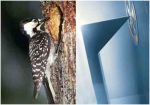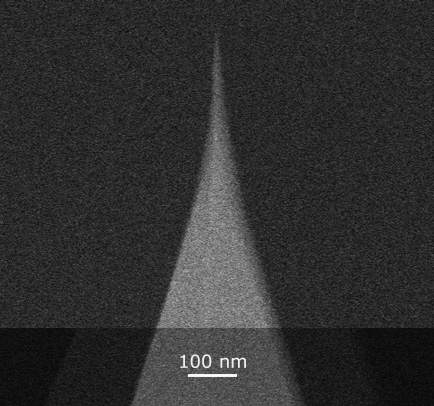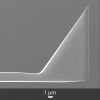

MikroMasch® New PosterThu Jan 09 2020




Happy and Prosperous 2020 from the nanotools Team!Wed Jan 08 2020


Have fun! All the best to you in 2020!Mon Dec 30 2019
Even Santa finds time for fun. Enjoy the holiday season! Have fun! All the best to you in 2020!


Season's Greetings from the whole NanoWorld team!Mon Dec 23 2019

Merry Christmas and happy 2020 from BudgetSensors®Mon Dec 23 2019
We wish you a wonderful holiday season and we look forward to seeing you again in January! Merry Christmas and happy 2020!


Season's Greetings from NANOSENSORS™ AFM probesFri Dec 20 2019




Thank you all for visiting our NanoAndMore USA booth 612 MRS Fall Exhibit 2019Fri Dec 06 2019
Thank you all for visiting our @NanoAndMore USA booth 612 @Materials_MRS Fall Exhibit 2019. Have a safe trip home and see you next year!




Get 5 FREE NanoWorld™ Arrow-NCR AFM probes at booth 612 MRS Fall ExhibitWed Dec 04 2019
Get 5 FREE NanoWorld™ Arrow-NCR AFM probes at booth 612 MRS Fall Exhibit (https://www.nanoworld.com/…/get-5-free-nanoworld-arrow-ncr…/ )has been published on NanoWorld Blog.
It’s the second day @Materials_MRS Fall Exhibit 2019. We’re giving away free samples of NanoWorld Arrow-NCR AFM probes https://www.nanoworld.com/tapping-mode-reflex-coated-afm-ti… in celebration of our 20th anniversary next year. Visit NanoAndMore USA booth #612 to pick up your free sample and find out what more we have planned for our anniversary year.
pick up your free Arrow-NCR AFM probe sample at NanoAndMore USA booth 612 at MRS Fall 2019 and find out what's up with the big AFM probe model on top of the booth


The MRS Fall 2019 exhibit will be open today from 11 amTue Dec 03 2019
The MRS Fall 2019 exhibit will be open today from 11 am. Don't forget to visit NanoAndMore USA booth #612 to pick up your free sample of NanoWorld® Arrow-NCR #AFmprobes https://www.nanoworld.com/tapping-mode-reflex-coated-afm… and find out what other surprises are planned for the upcoming 20th anniversary of NanoWorld® and the approaching 30th anniversary of NANOSENSORS.


MRS Fall Exhibit 2019 in BostonMon Dec 02 2019
We’re all set up and ready to welcome you @Materials_MRS Fall Exhibit 2019 in Boston!
Don't forget to visit us and pick up your free sample of NanoWorld® Arrow-NCR AFM probes at NanoAndMore USA booth #612


We are often asked whether our ElectriCont-G probes are suitable for Conductive AFMMon Dec 02 2019
We are often asked whether our ElectriCont-G probes are suitable for Conductive AFM. These probes are not designed for C-AFM, although many of our customers use them as a cost-effective alternative to the much more durable conductive diamond coated probes such as the AIO-DD. The two current images show that C-AFM measurements are possible but hard to achieve. Fine-tuning of scan parameters is required to make the platinum coating on the apex last.
AFM measurements courtesy of the Institute for Semiconductor Technology and Nanoelectronics, Darmstadt University of Technology.























